- What You Need
- 10 Steps to Jump-Start a Car: With Another Car
- How to Jump-Start a Car Without Another Car
- When You Shouldn't Jump Start a Car
- Frequently Asked Questions
Whether you have a brand new car or a used car that's seen better days, you should know how to jump-start a car. You never know when your battery will die—maybe you left your lights on, or maybe your battery has just seen better days.
Although roadside assistance may be an option to get your car back on the road, jump starting your car yourself can save you a lot of time, money, and hassle. Follow our step-by-step guide to get yourself back on the road.
What You Need
When jumping a car, you're going to need the following things:
- Your vehicle (that has the dead battery)
- A second car (with a good battery)
- Another person
- Jumper cables
You may also want to keep these things in your car to make jump-starting it safer and easier:
- Flashlight (in case you're jumping your vehicle at night)
- Mechanic gloves (to prevent injuries)
- Owner's manual
You'll also need a good battery—you don't want to jump a car with a damaged battery.
10 Steps to Jump-Start a Car: With Another Car
Before you jump-start your car, follow these steps to verify that it's safe to do so:
- Read your owner's manual (it should be in your glove box) to make sure it's safe to jump-start your car. Look for warnings from the manufacturer.
- Open the hood and check the battery. You don't want to jump-start a battery that looks damaged or frozen. (Read more on when you shouldn't jump a car below.)
- Get to know the battery terminals. You'll notice both a positive and negative terminal.
- Get to know the cables—there is a positive cable (red) and a negative cable (black).
Important Safety Information!
Don't allow any of the clamps on the jumper cables to touch each other once you've started hooking up your car. One person should hold the clamps on one end only—one in each hand.
Follow these steps to jump-start your car:
- Park both vehicles so the jumper cables will reach.
- Turn both cars off, put on the parking brakes, and open the hoods of both vehicles.
- Securely connect the RED (positive) clamp of the jumper cable to your dead car's RED (positive) terminal post. You'll need to remove the plastic covering from the battery, so the clamp goes on the metal part.
- Take the other end of the RED (positive) jumper cable and securely attach it to the RED (positive) terminal post of the working battery in the other car.
- Securely attach the BLACK (negative) clamp of the jumper cable on the same end to the negative terminal of the good battery in the same car.
- Attach the BLACK (negative) clamp on the other end to an unpainted metal surface on the main engine block of your dead car. This could be a metal bolt or nut. Try to attach it as far away from the battery as possible. Make sure the connections are secure.
- Start the working vehicle with the cables connected and let it run for a few minutes.
- Try to start your dead car. If it doesn't start, wait a little longer to give the working car time to charge the dead car's battery.
- Once you've jump-started the car, let it run for a few minutes while still hooked up to the other vehicle to let it charge more.
- Unhook the clamps when you're ready to go, in this order (reverse order that you put them on):
- BLACK (negative) clamp attached to the metal surface (bolt or nut).
- BLACK (negative) clamp attached to the working battery in the other car.
- RED (positive) clamp attached to the working battery.
- RED (positive) clamp attached to your previously dead battery.
And you're off! You'll want to drive your car for at least half an hour before turning it off to ensure your battery is sufficiently charged. If you turn it off too early, you might need to jump-start it again next time.
How to Jump-Start a Car Without Another Car
It may be impossible or difficult to find someone willing to offer their working car to you when your battery is dead. It may even be unsafe to flag a stranger down to help you in some cases.
If you're concerned about this, you may want to invest in a portable power source/jump starter. It serves as the doner battery, allowing you to charge your battery without needing a second vehicle.
These boxes will average around $150 and can be used for years. Buy them on Amazon or at any auto parts and accessories store.
How to Jump-Start a Car with a Portable Jump Starter
Before jumping your car's dead battery, read the owner's manual and look up your battery charger's voltage. You want to make sure it matches the jump starter's voltage (usually 12 volts).
Important Safety Notice
Do not allow the clamps on the portable charger's jumper cables to touch each other.
- Make sure both the car and jump starter are off.
- Securely connect the RED (positive) clamp to the positive terminal on your dead car battery.
- Securely connect the BLACK (negative) clamp to an unpainted metal surface of your car (either on the engine itself or the car's frame). Try to find a bolt or nut somewhere far away from the battery, fuel lines, and carburetor.
- Turn on the portable starter with the cables connected.
- Try to turn on your car. Only crank it for about 5 seconds at a time.
- If the car doesn't start, wait about 2 or 3 minutes, then try again. If your car still doesn't start after trying 4-5 times, you may need to replace your battery.
- If your car starts, you can turn the jump starter off.
- Remove the BLACK (negative) clamp from your car.
- Remove the RED (positive) clamp from your car battery.
- Let your car run for a few minutes before you start driving to allow your battery to charge itself.
After using your portable jump starter, you need to recharge it. Read the starter's manual for more information on how long it should charge for.
When You Shouldn't Jump Start a Car
Even though now you know how to jump start a car, sometimes it's not an option or can be dangerous. You shouldn't try to jump-start it if:
- Your battery is frozen
- Your car battery is leaking or cracked
- Your battery is dry (there is no fluid in the cells)
- You notice white or greenish power on the battery (it means the battery is corroded)
- Your car manual warns against jump-starting the battery
- Your jumper cables are old and/or damaged
- You can smell a rotten egg smell from the battery (usually means a damaged battery)
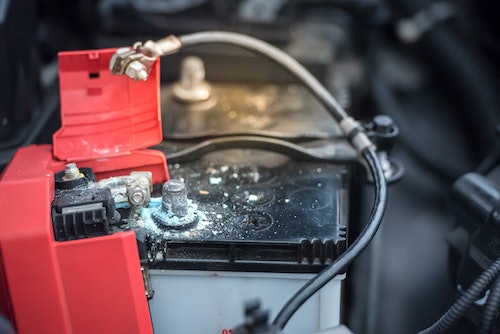
It's important to note that it can be risky to jump-start modern cars, as a surge in power can damage your vehicle's computer. A damaged computer can be much more costly than getting a new battery or paying for roadside assistance, so it's probably a job for the car experts if you're unsure what to do.

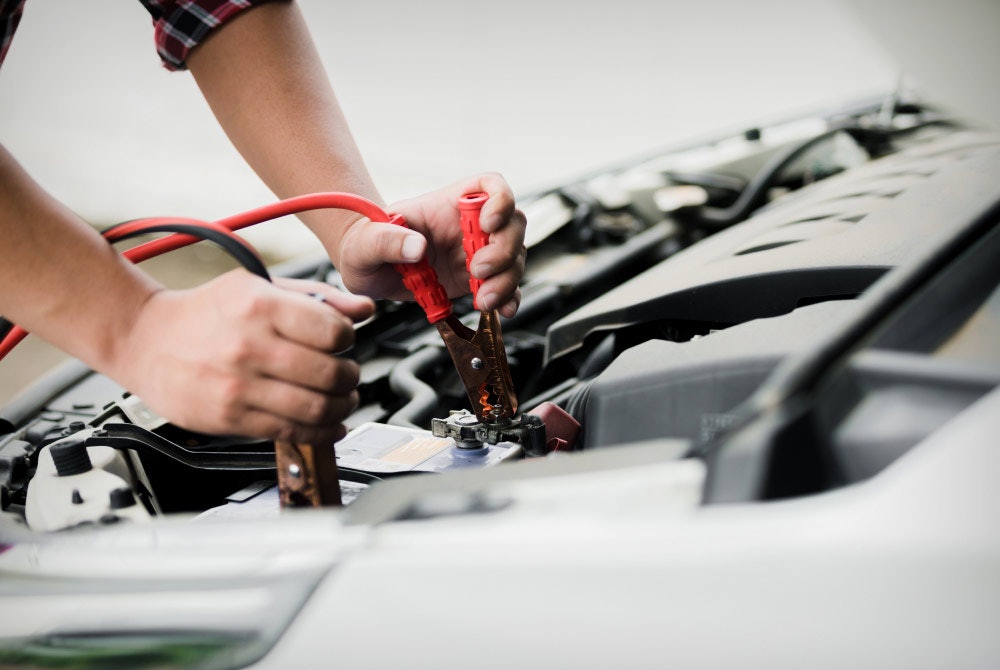
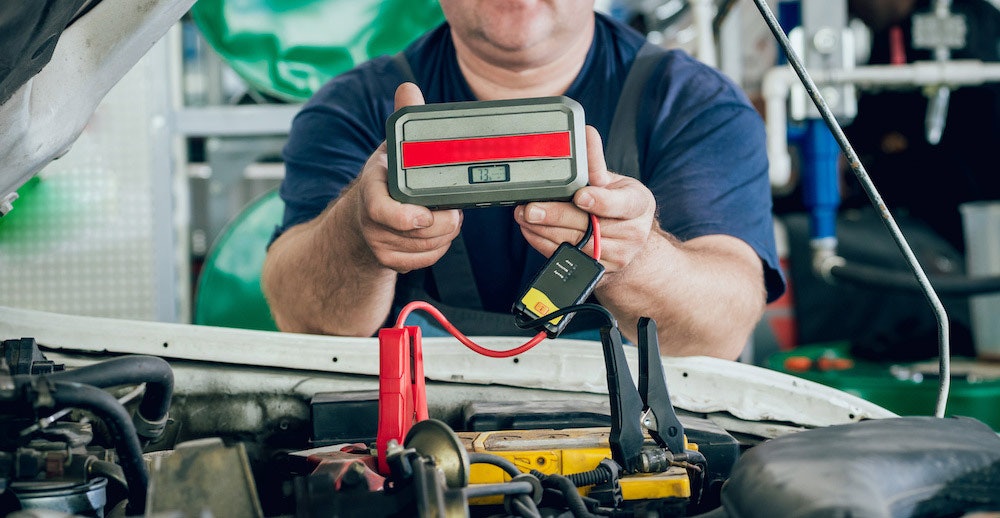



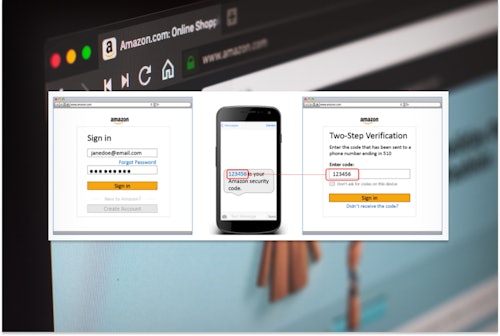

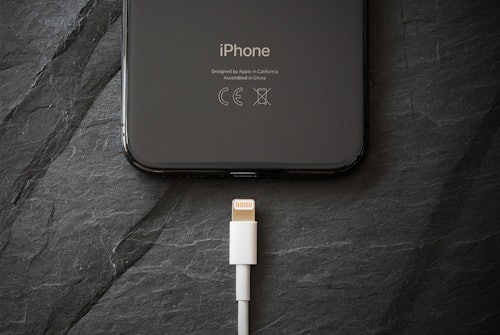

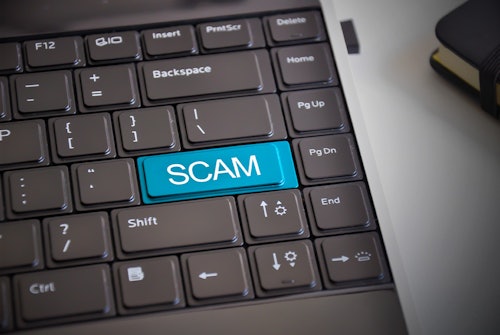
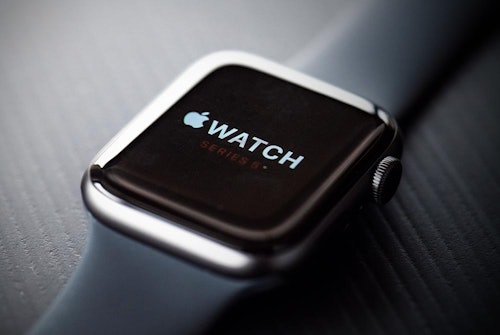
Comments